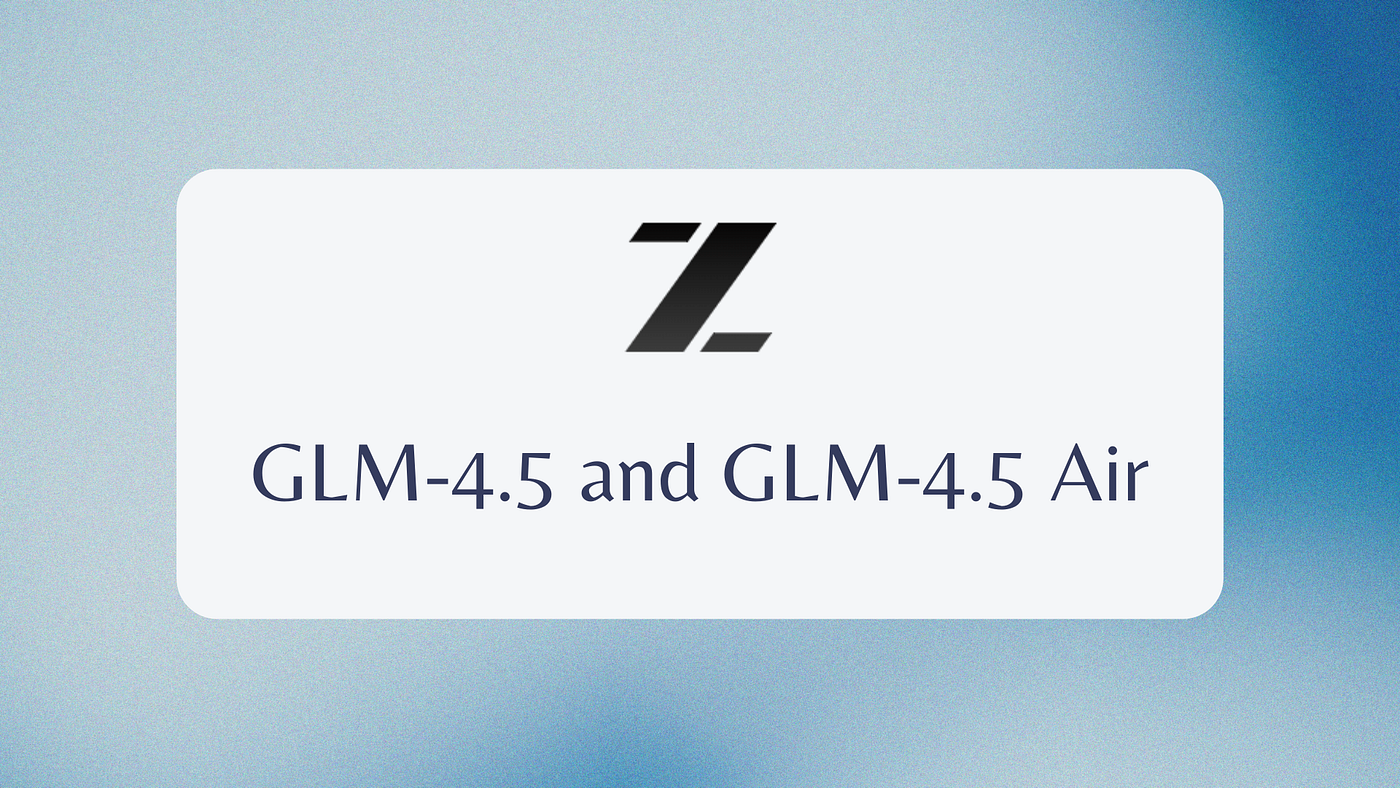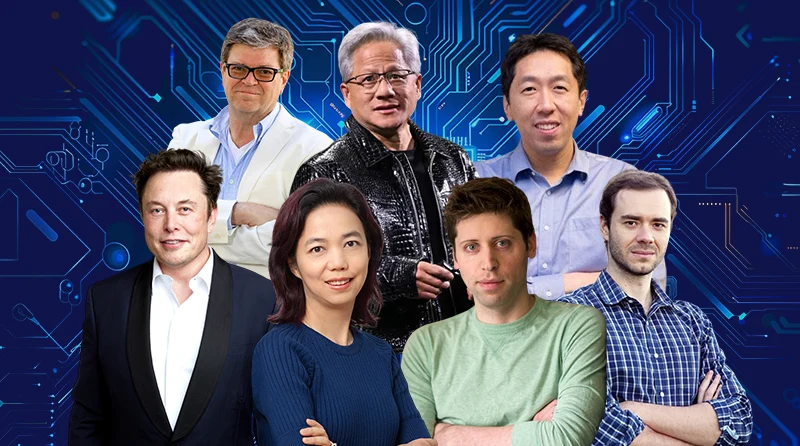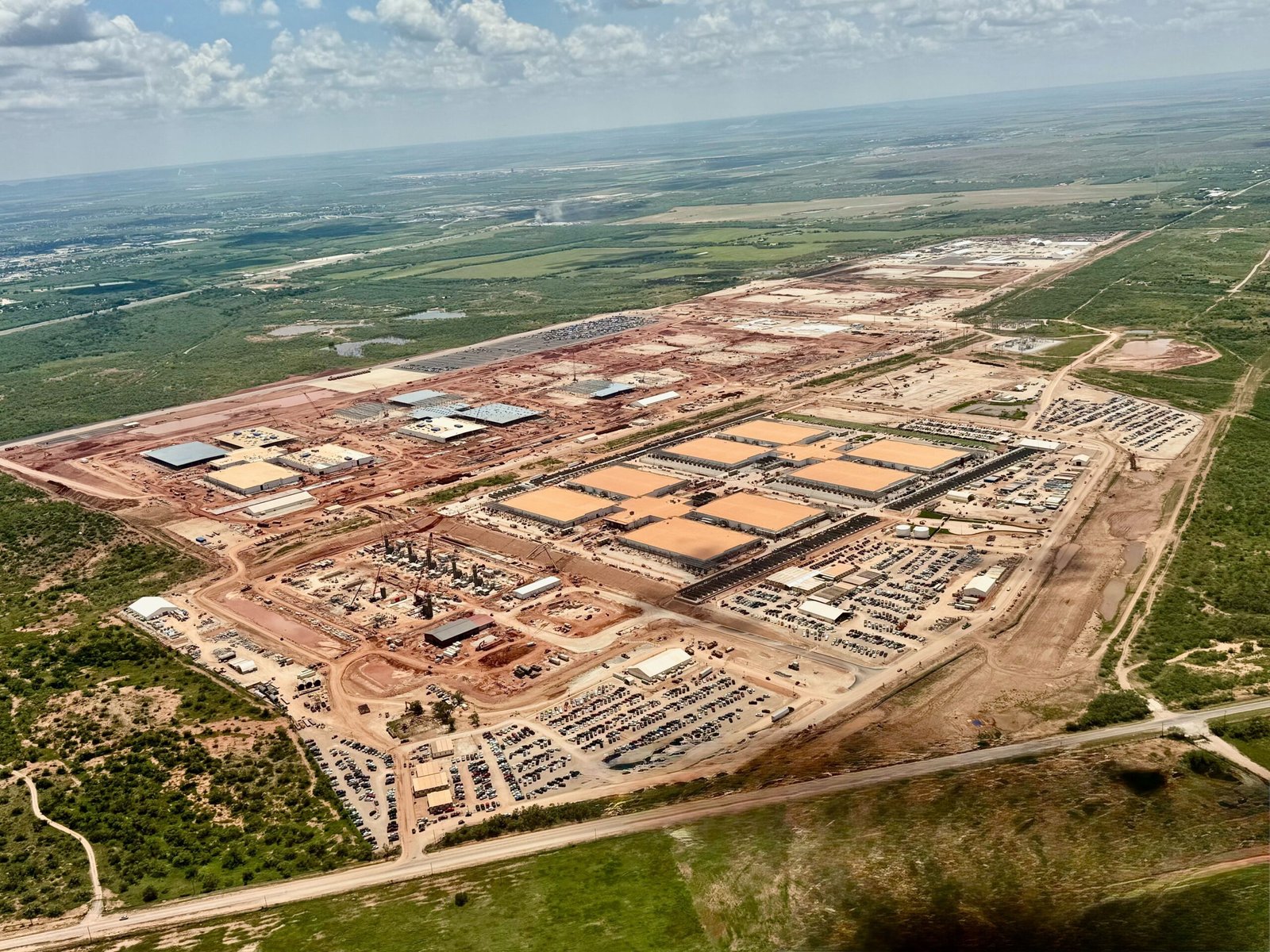At Google Cloud Next 2025, Google took a significant leap forward in AI computing with the introduction of Ironwood, its seventh-generation Tensor Processing Unit (TPU). Engineered specifically for AI inference — rather than training — Ironwood marks a bold evolution in computing architecture, propelling artificial intelligence from reactive systems to what Google calls “thinking models.” These systems don’t just respond — they reason, synthesize, and infer proactively, a foundational shift defining the new age of inference.
The Inference Age: Beyond Data to Insight
Historically, AI hardware design focused on training complex neural networks — large, dense computations that prepared models to understand patterns. But as those models reach maturity, inference becomes critical: applying what’s been learned, at scale and in real time, across applications like recommendation systems, chatbots, and autonomous agents.
Ironwood is purpose-built for this frontier. It’s tailored not just to host massive models like LLMs (Large Language Models) or Mixture of Experts (MoEs), but to allow them to operate in an environment optimized for memory access, parallel computation, and ultra-low latency.
This is a turning point. With inference workloads growing exponentially, traditional hardware becomes a bottleneck. Ironwood represents Google’s response: a hardware-software synergy crafted to drive forward the evolution of proactive, reasoning-based AI.
Ironwood’s Architecture: Scaling the Unthinkable
The Ironwood TPU pod scales up to 9,216 liquid-cooled chips, collectively delivering a staggering 42.5 exaflops of floating-point 8-bit (FP8) performance — over 24x more powerful than the world’s current leading supercomputer, El Capitan, which clocks in at just 1.7 exaflops per pod.
Each chip individually outputs 4,614 TFLOPs, a monumental leap in raw performance. But performance alone doesn’t make Ironwood revolutionary. The TPU is designed with key architectural innovations:
- High Bandwidth Memory (HBM): 192 GB per chip, 6x more than the previous generation (Trillium), enabling bigger models and larger context windows.
- Memory Bandwidth: With 7.2 TBps per chip, data retrieval is rapid, minimizing memory bottlenecks — crucial for modern transformer-based models and MoEs.
- Enhanced Inter-Chip Interconnect (ICI): Now delivering 1.2 Tbps bidirectional bandwidth, this enables seamless multi-chip collaboration, making distributed training and inference vastly more efficient.
All these advancements make Ironwood not just powerful, but intelligently coordinated — a neural backbone for thinking AI systems.
Pathways + Ironwood: Software Supercharges Hardware
Ironwood doesn’t operate in isolation. Google integrates it tightly with its Pathways ML software stack, developed by Google DeepMind. Pathways allows distributed computing across thousands — even hundreds of thousands — of TPU chips.
This enables workloads to scale far beyond a single pod, unlocking the computational ceiling for models like Gemini 2.5, Google’s flagship multimodal LLM, and even AlphaFold, the Nobel-winning protein folding system. Both already run on previous TPUs, and Ironwood will amplify their capabilities dramatically.
With Pathways, developers can seamlessly orchestrate workloads, deploy updates, manage training cycles, and optimize inference paths — all while abstracting away the complexity of dealing with massive, multi-chip clusters.
Energy Efficiency: Sustainable Performance at Scale
One of Ironwood’s most impressive feats is its energy efficiency. Compared to Google’s first-generation Cloud TPU (v2, released in 2018), Ironwood is nearly 30x more power-efficient, and 2x more efficient per watt than Trillium, its immediate predecessor.
The secret? Liquid cooling and a chip design that reduces unnecessary data movement, which is a key energy drain in traditional architectures. This matters. As AI infrastructure scales, power availability becomes a limiting factor. Ironwood allows Google Cloud customers to deliver high-performance AI without scaling power consumption at the same pace — a major win for sustainability and operational cost.
Use Cases: Supercharging Inference Workloads
Ironwood’s architecture is tailored to excel in high-complexity inference tasks such as:
- Dense LLMs and MoEs with real-time reasoning and multitasking abilities.
- Large-scale embedding models used in recommendation systems.
- Financial simulations and scientific computing, where sparse matrices and embeddings dominate.
- Enterprise AI platforms, where inference latency is critical to user experience.
Its SparseCore accelerator, now enhanced, significantly boosts performance in sparse data environments, enabling ultra-large embedding tasks in domains like finance, genomics, and scientific research.
The Future with Ironwood
As AI systems grow more capable and ubiquitous, the need for dedicated inference infrastructure becomes undeniable. Google is betting that Ironwood will be the cornerstone of this transformation — not just a faster chip, but a foundational technology enabling AI to go from responding to anticipating.
In the words of Google Cloud’s leadership, this is not just hardware — it’s a computational paradigm shift. From LLMs that draft legal briefs to AI agents capable of running enterprise operations autonomously, Ironwood is positioned as the hardware platform for a generation of thinking AI models.
Final Thoughts
Ironwood isn’t just an engineering marvel — it’s a strategic inflection point. By focusing on inference, Google has aligned its TPU roadmap with the direction AI is heading: toward autonomy, reasoning, and real-time insight generation.
As we move into this new phase of artificial intelligence, the systems powering our models must evolve with them. With Ironwood, Google isn’t just keeping up — it’s defining the path forward.
To learn more, visit the official Google Cloud announcement.









